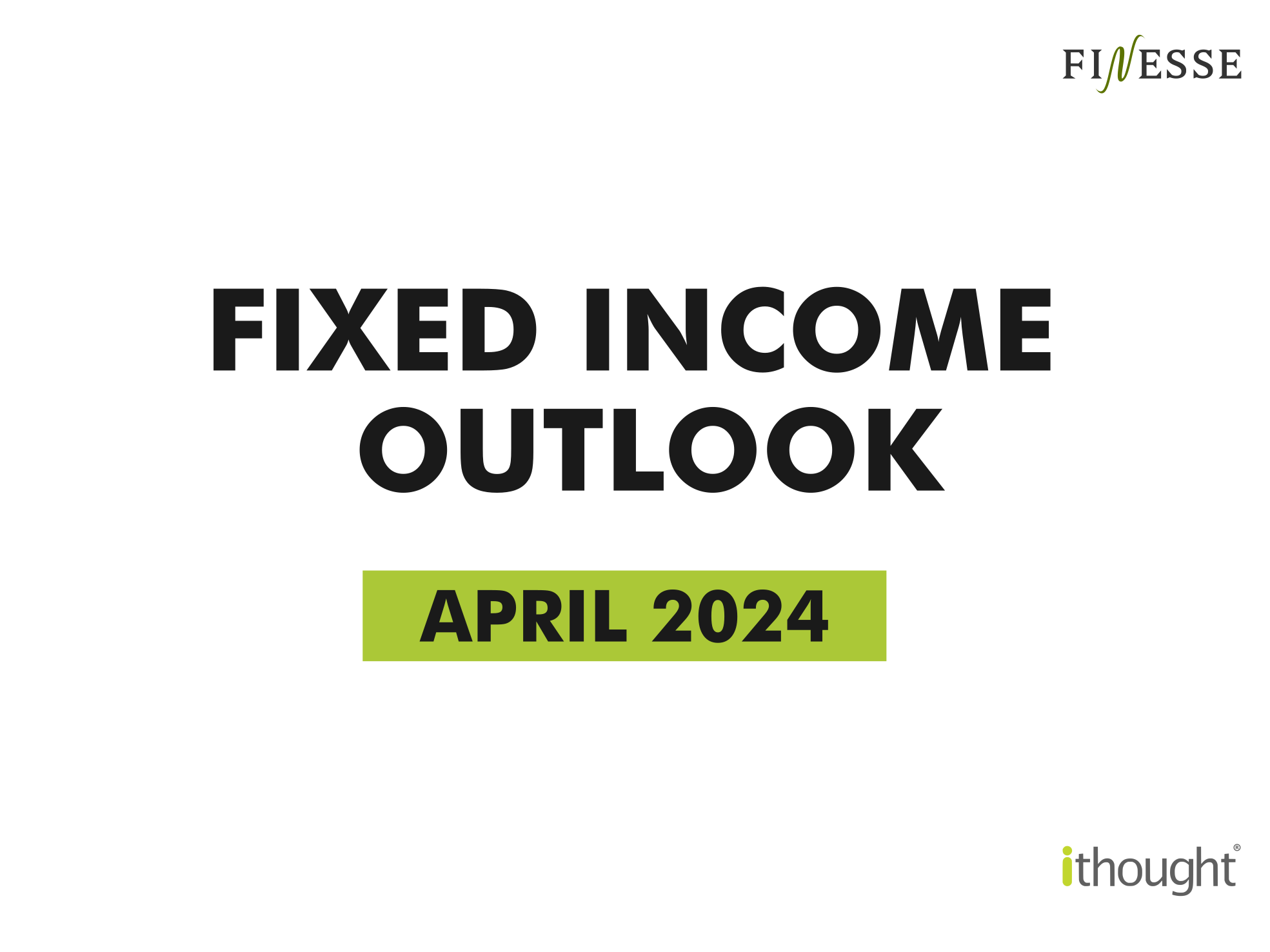Podcast Transcript:
My stance on mid-cap funds has been bearish in a while. After the dream run between 2013 and 2017, I started to feel very uneasy about them from September 2017. I had been advising clients to invest in the very funds when the valuations were softer and definitely attractive. But once these valuations went behind levels I consider reasonable, I turned cautious.
Firstly, I was advising clients to avoid investing aggressively into mid-cap funds. Then, I advised them to gradually move their monies into safer parts of the market. The decisions seemed out of sync with what industry was telling customers. Every dip was being bought and it appeared the best thing to do. The mid-caps simply kept going higher after every fall. This made investors believe that every dip must be bought. Implicit was the belief that the stocks will only go higher.
The current capitulation in mid-caps is also being bought into based on the same belief. The fact that stocks went higher after every previous occasion is why people are hurrying to buy this dip. But, this time could well be different. The reading of investors could well be wrong. Here is why.
We are thinking that the high valuations of 2017 are the new normal. But this belief has little or no basis. It is merely a demand-driven phenomenon. Now, supply promises to be abundant in quality equity paper. This only means we are going to see scarcity go away. Finally. So, sustaining valuation in a supply driven market will turn to be a challenge.
Investors seem to be ignoring the headwinds ahead. The reason is simple. Anchoring is biasing them. It so happened that everyone who bought previous dips made good money. That is biasing investors heavily inducing them to aggressively buy every dip.
But we are not necessarily going to be right going forward. There could be a long period of lull when performance could be ordinary. It is doubtful if investors will show the required patience in mid-cap funds for such a long time. Negative returns or non-performance may even get punished. Redemptions cannot be ruled out. If, and when they happen, they could be a major spoiler. We are going to see smarter investors selling into rallies. This would mean those buying the dip and not selling the rally may suffer in the end.
Rising oil prices and interest rates can dampen earnings. This may well lead to contracting valuations. As valuations fall, it can well lead to a reverse spiral in stock prices.
This turns anchoring biases into a grave risk. We need to be aware of what can happen if the situation creates furthers fears in investors’ minds. And what if the fears refuse to go away?
I believe we now need to avoid anchoring biases. The times are different. It is important to be in sync with the emerging market context. Anchoring biases may now prove to be very costly.




